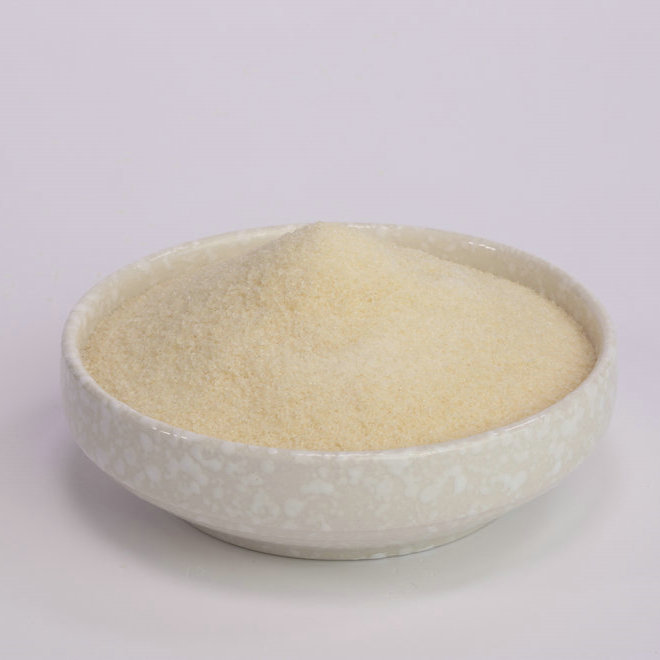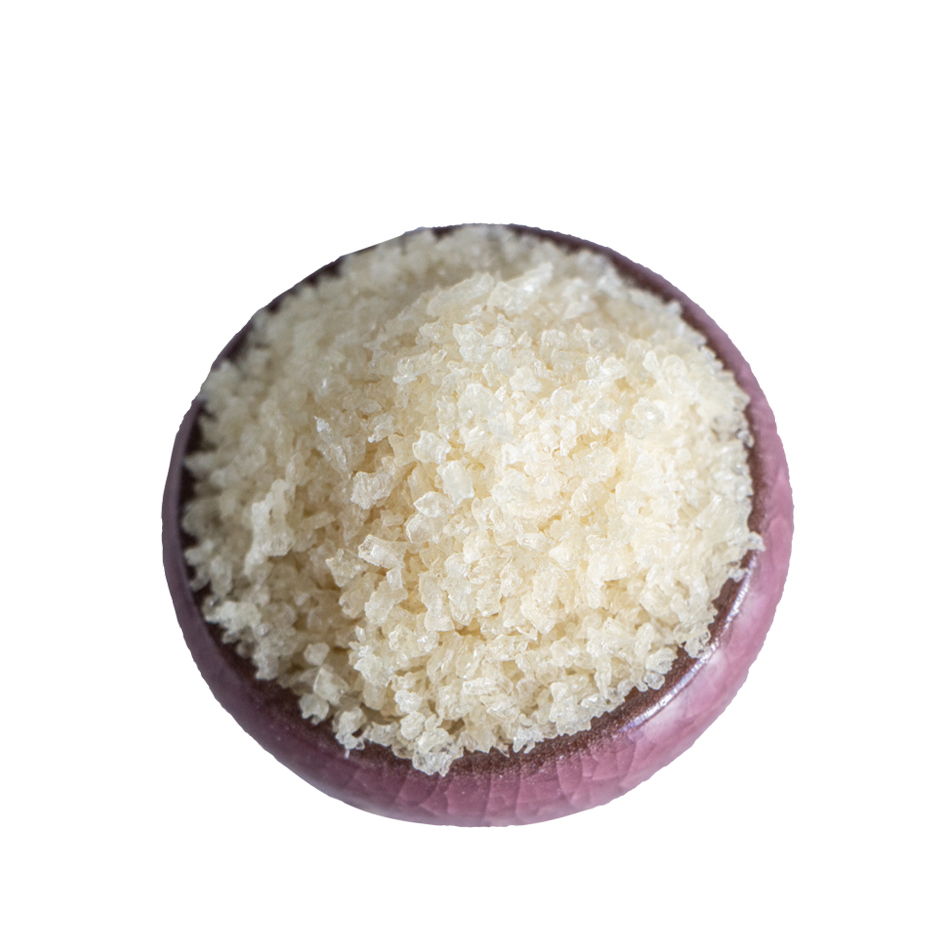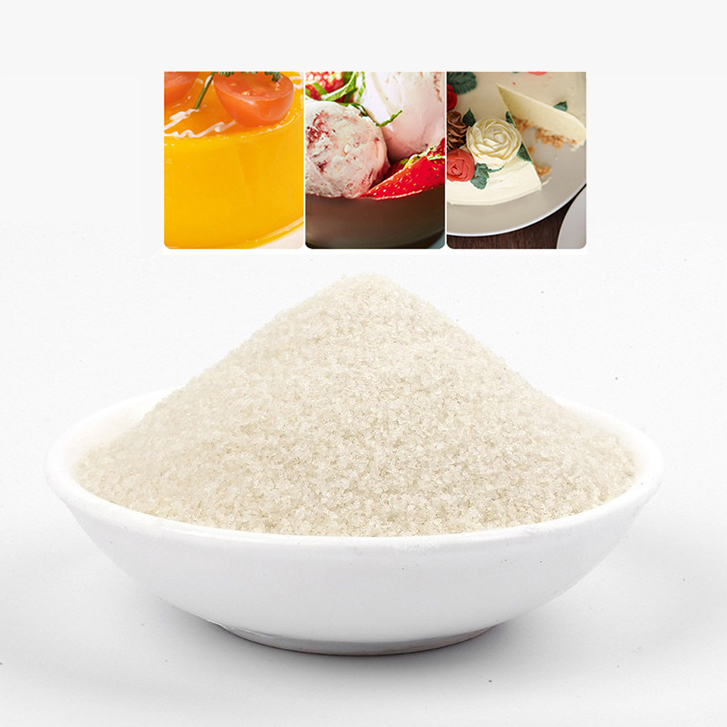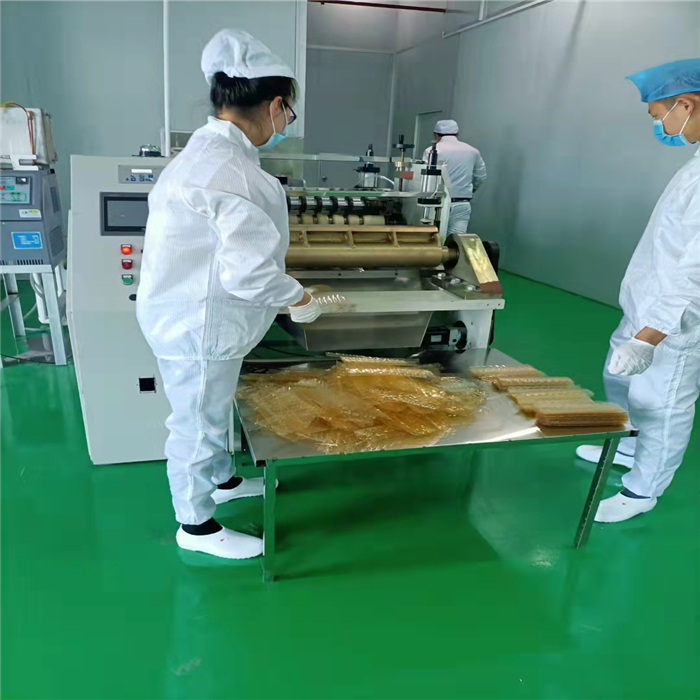1.Pretreatment
Gelatin needs to be thoroughly cleaned before processing. According to the different raw materials, gelatin generally has two basic production processes.
Acid process – This is a production process for gelatin made from raw materials, mainly pig skins. The raw material was subjected to an acid treatment for 24 hours. The gelatin can be extracted.
Alkaline process – The production process generally performed for gelatin whose raw material is collagen or cowhide is alkali treatment. This treatment allows the collagen structure to be gently transformed. It preprocesses the collagen to soften it so that it can be extracted with warm water.
2. Extraction
Gelatin is extracted by treating the raw material with a warm water extraction process. The first gelatin extracts obtained in this way are very strong, and the extracts are all light in color and contain about 6% gelatin. The remaining raw material can be processed sequentially with warmer fresh water. Repeat this step until all the gelatin has been extracted.
The extraction process of this gelatin is a continuous process. When warm water and raw materials are continuously injected into the extraction vessel, the gelatin solution can be continuously extracted. Therefore, the properties of gelatin can be changed by temperature and pH.
3. Purification
Gelatin is purified by pouring the gelatin solution into a high-performance separator, which removes residual fat or insoluble particles. Fine particles are removed by using a pre-coated filter. This was followed by filtration through a cellulose plate and finally an ion exchange purification step was used to remove any salts.
4. Concentration
Gelatin is concentrated by using a multi-stage vacuum evaporator to remove some of the water in the gelatin solution, so that the gelatin can become viscous and has a honey-like consistency. This solution is then passed through a cellulose polishing filter to remove any remaining fine particles.
5. Drying
The next step is to heat sterilize the gelatin solution and then cool it so that it can solidify. Gelatin now comes in strips and is therefore dried through sterile and filtered air. The hard, brittle gelatin is then broken up at the end of the conveyor belt, ground and stored in warehouses. Some of the gelatin was then drawn to confirm further use by physical, chemical and bacteriological tests.
6. Milling, sieving, blending
The final steps in gelatin production are milling, sieving and blending. Individual customers may request custom dry gelatin. Once the gelatin has passed laboratory testing, it is packed into kraft paper bags. The product can then be shipped directly to the customer.








